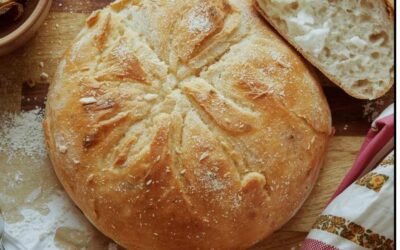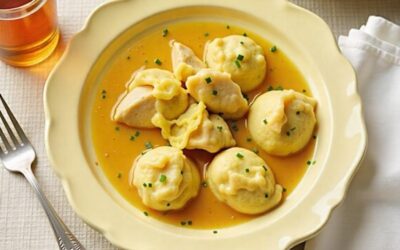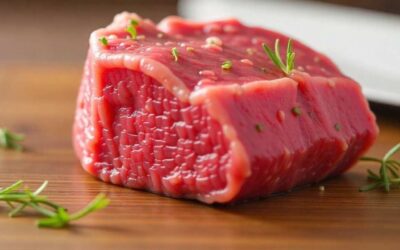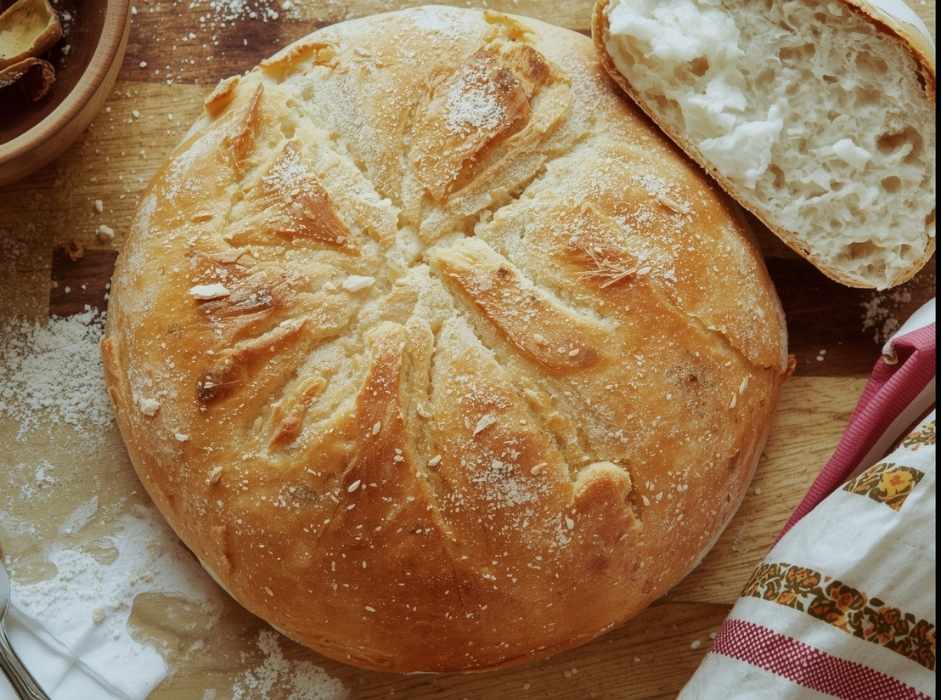The aroma of freshly baked bread wafting through a Puerto Rican kitchen carries more than just the promise of a delicious meal—it holds generations of tradition, love, and cultural identity. Puerto Rican bread, with its distinctive soft texture and slightly sweet flavor, has been a cornerstone of the island’s cuisine for centuries.
Whether you’re looking to reconnect with your heritage, explore Caribbean flavors, or simply expand your baking repertoire, mastering traditional Puerto Rican bread recipes opens the door to authentic island cooking. From the beloved pan de agua to sweet conchas, these breads offer a perfect balance of simplicity and flavor that has made them household staples across Puerto Rico and beyond.
This comprehensive guide will walk you through everything you need to know about Puerto Rican bread, including step-by-step recipes, essential techniques, and cultural insights that will help you create authentic loaves in your kitchen.
Understanding Puerto Rican Bread Traditions
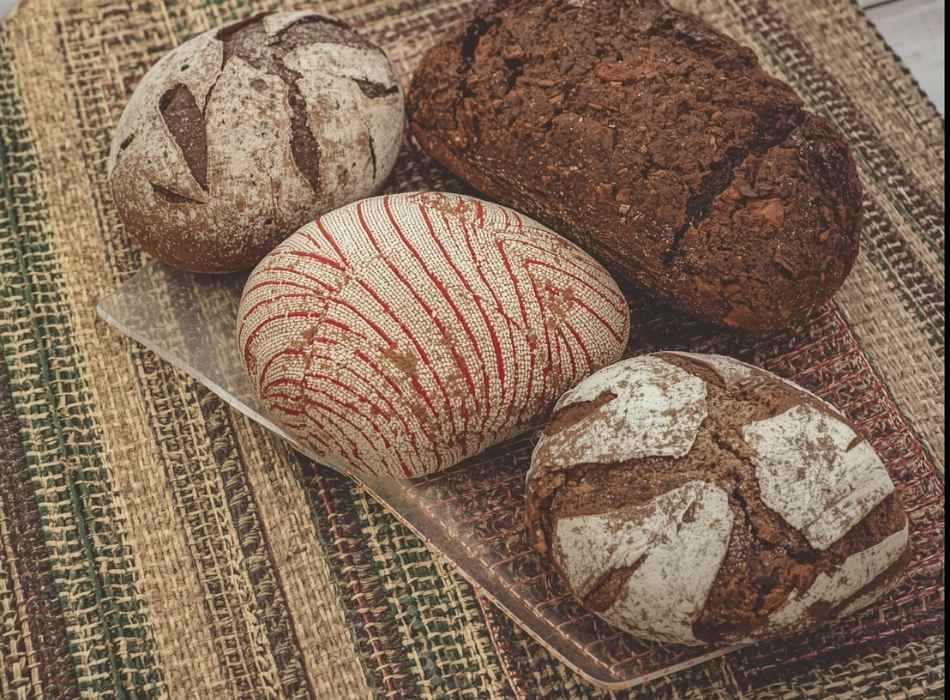
Puerto Rican bread culture reflects the island’s rich history of cultural fusion. Spanish colonization brought European baking techniques, which blended with indigenous Taíno ingredients and later African influences to create unique flavor profiles and textures.
The most iconic Puerto Rican breads share several characteristics: they tend to be softer and slightly sweeter than their European counterparts, often incorporating tropical ingredients like coconut or plantain, and they’re designed to complement the bold, savory flavors of traditional Puerto Rican dishes.
Many Puerto Rican families have passed down bread recipes through generations, with each cook adding their subtle variations. This oral tradition means that authentic recipes can vary significantly from one household to another, making each version special and personal.
Pan de Agua: The Classic Puerto Rican Water Bread
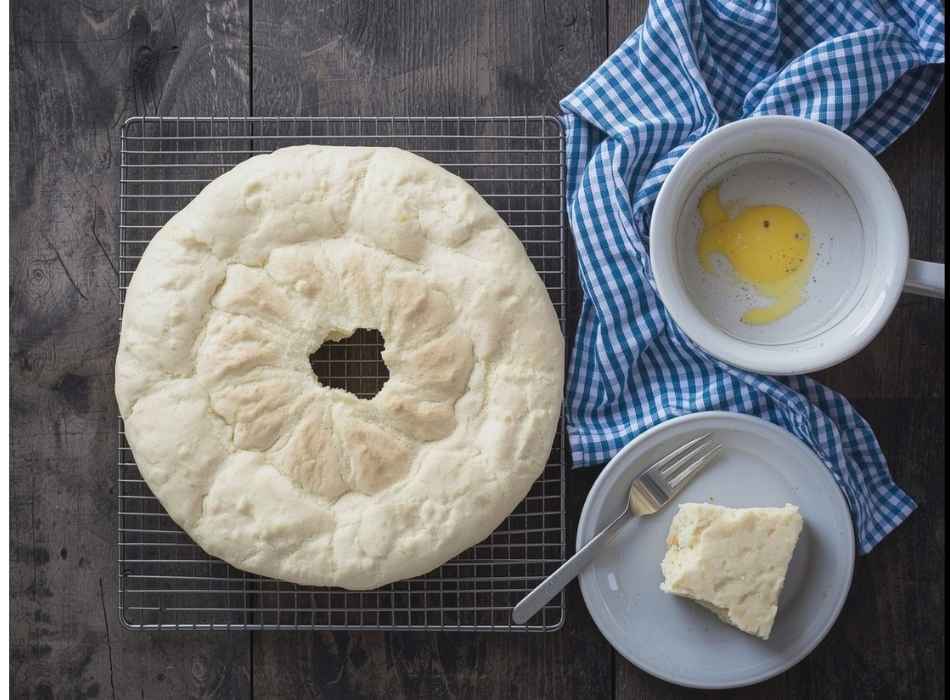
Pan de agua, literally meaning “water bread,” is perhaps the most fundamental Puerto Rican bread recipe. Despite its simple name, this bread delivers remarkable flavor and texture through careful technique and timing.
Ingredients
- 4 cups all-purpose flour
- 1 packet (2¼ teaspoons) active dry yeast
- 1 tablespoon sugar
- 1½ teaspoons salt
- 1¼ cups warm water
- 2 tablespoons vegetable oil
- 1 egg, beaten (for egg wash)
Instructions
Start by dissolving the yeast and sugar in warm water (around 110°F). Let this mixture sit for 5-10 minutes until it becomes foamy, indicating that your yeast is active and ready to work.
In a large mixing bowl, combine the flour and salt. Create a well in the center and pour in the yeast mixture along with the vegetable oil. Mix until a rough dough forms, then turn it onto a lightly floured surface.
Knead the dough for 8-10 minutes until it becomes smooth and elastic. The dough should feel slightly tacky but not sticky. If it’s too wet, add flour gradually; if too dry, add water one tablespoon at a time.
Place the kneaded dough in a greased bowl, cover with a damp cloth, and let it rise in a warm place for about 1 hour or until doubled in size.
Once risen, punch down the dough and divide it into 8-10 equal portions. Shape each portion into a small oval loaf and place them on parchment-lined baking sheets. Cover and let rise again for 30-45 minutes.
Preheat your oven to 425°F. Brush the tops of the loaves with beaten egg and make shallow diagonal cuts across each loaf with a sharp knife. Bake for 15-20 minutes until golden brown and hollow-sounding when tapped.
Pan Tostado: Puerto Rican Toast Bread

Pan tostado represents the Puerto Rican take on sandwich bread, explicitly designed for toasting and serving alongside coffee or as the base for traditional sandwiches.
Ingredients
- 3½ cups bread flour
- 1 packet active dry yeast
- ¼ cup sugar
- 1 teaspoon salt
- 1 cup warm milk
- ¼ cup butter, melted
- 1 large egg
Instructions
Warm the milk to about 110°F and dissolve the yeast with one teaspoon of the sugar. Allow it to foam for 5 minutes.
In a large bowl, whisk together flour, remaining sugar, and salt. Add the yeast mixture, melted butter, and egg. Mix until a soft dough forms.
Knead on a floured surface for 6-8 minutes until smooth and elastic. The dough should be softer than typical bread dough due to the milk and butter content.
Place in a greased bowl, cover, and rise for 1 hour until doubled. Punch down and shape into a loaf—place in a greased 9×5-inch loaf pan.
Cover and rise again for 45 minutes. Bake at 375°F for 30-35 minutes until golden brown and the internal temperature reaches 190°F.
Essential Tips for Perfect Puerto Rican Bread

Temperature control plays a crucial role in successful Puerto Rican bread baking. The warm, humid climate of Puerto Rico naturally aids fermentation, so you may need to adjust rising times based on your kitchen’s temperature and humidity levels.
Water quality can significantly impact your bread’s flavor and texture. If your tap water is heavily chlorinated, consider using filtered water or letting tap water sit out overnight to allow chlorine to evaporate.
Flour measurement accuracy is critical. Too much flour creates dense, heavy bread, while too little results in sticky, difficult-to-handle dough. Measure flour by spooning it into measuring cups and leveling off, rather than scooping directly from the bag.
Kneading technique affects the final texture. Puerto Rican breads should have a tender crumb, so avoid over-kneading, which can create tough, chewy bread. The dough is kneaded correctly when it’s smooth, elastic, and passes the windowpane test.
Serving and Storage Suggestions

Fresh Puerto Rican bread pairs beautifully with café con leche for breakfast or as an accompaniment to hearty stews and rice dishes. Pan de agua makes excellent sandwiches, particularly when filled with pernil (roasted pork) or fresh avocado and tomato.
Store homemade Puerto Rican bread in airtight containers or plastic bags at room temperature for up to three days. For more extended storage, slice and freeze portions for up to three months. Toast frozen slices directly from the freezer for best results.
Many Puerto Rican families serve bread warm from the oven with butter, honey, or homemade jam. The slightly sweet flavor of traditional Puerto Rican bread also complements savory toppings like cheese or ham.
Bringing Puerto Rican Tradition to Your Kitchen
Mastering Puerto Rican bread recipes connects you to centuries of culinary tradition while providing your family with wholesome, delicious homemade bread. These recipes offer an accessible entry point into Puerto Rican cooking, requiring only basic ingredients and equipment while delivering authentic flavors.
Start with the classic pan de agua recipe to understand the fundamental techniques, then experiment with variations and family adaptations. Remember that bread making is as much about technique and intuition as it is about following recipes exactly.
Each loaf you bake brings you closer to understanding the heart of Puerto Rican cuisine, where simple ingredients are transformed through skill, patience, and love into foods that nourish both body and soul.










